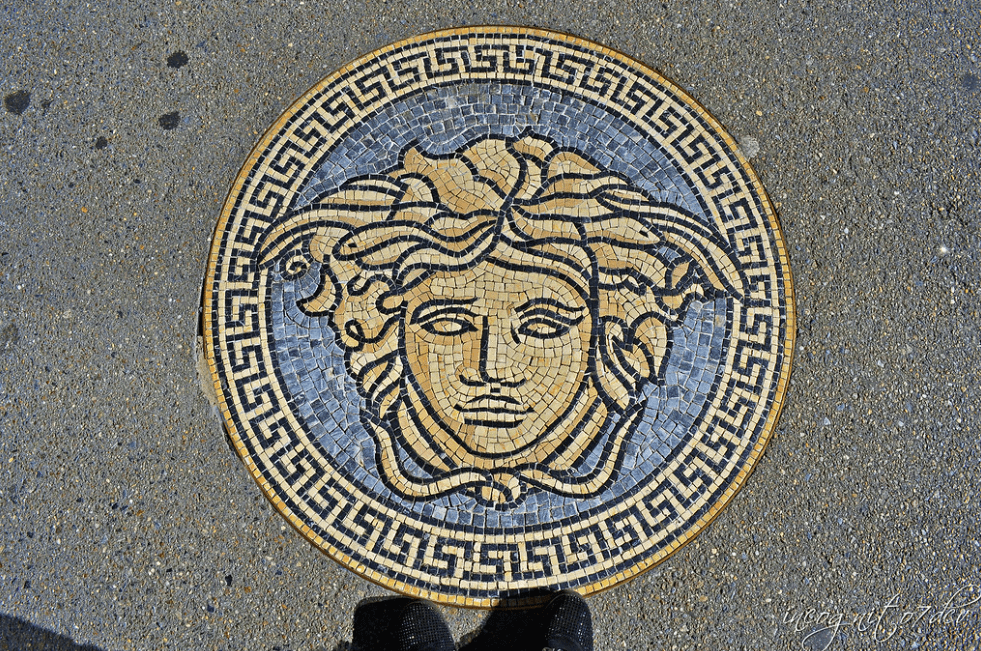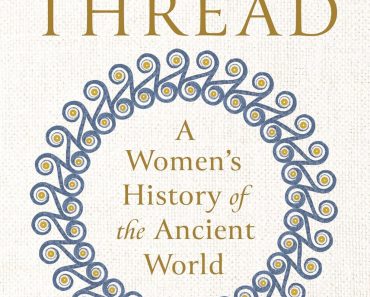
As billions of people around the world celebrate the beginning of the new Chinese lunar year, the Year of the Snake, the question of what snakes symbolize in mythology arises.
Snakes have captivated the human imagination for centuries, symbolizing everything from danger to divine power.
Some ancient cultures—primarily of the East—celebrated snakes as beings of goodness and luck. The Chinese, for example, saw them as emblems of renewal, healing and cosmic balance, elements essential for the well-being of their societies.
With the arrival of the new Year of the Snake on January 29th, 2025, in the Chinese zodiac, snakes and their importance to humanity, both as symbols and as living creatures, come back into the spotlight.
Year of the snake: Wisdom, renewal and cultural importance
The Year of the Snake has a profound meaning and significance in the rich Chinese tradition. Linked to the lunar calendar, this zodiac year symbolizes attributes such as intelligence, intuition and transformation from the old to the new.
As symbolized by the mythical creators Fuxi and Nüwa—who are normally depicted as half-human, half-serpent—the Chinese believe the snake represents harmony between nature and humans.
The Chinese are known for their love of dragons, and they often call snakes “little dragons” (小龙 – Xiaolóng).

Snakes, like dragons, are associated with prosperity and rebirth in Eastern civilizations, hence their significance in Chinese tradition.
The famous story of “The Legend of the White Snake” is a great example of how the Chinese believe snakes have a dual role: the magical serpent transforms into a woman, showing elements of love, sacrifice and mystery.
According to Chinese tradition, people born during the Year of the Snake are believed to inherit traits like wisdom, creativity and resilience, equipping them with crucial attributes to have a fulfilling and meaningful life.

Snakes in mythology of various cultures
Understandably, snakes had a great symbolic significance in many ancient civilizations. They normally represented both benevolent and malevolent forces, depending on the era and place.
The ability of snakes to shed their skin made them great symbols of immortality, a concept that has fascinated humanity for millennia.

Greek Mythology and Python
Python was a powerful serpent who lived at what the Greeks believed to be the center of the Earth—Delphi.
Python was the child of Gaia and grew to become the guardian of the Delphic oracle, one of the most important spiritual places of the Ancient Greek world.
The most famous myth about Python focuses on his fearful animosity towards the god Apollo.
When Hera discovered her husband Zeus had an affair with Leto, she ordered Python to pursue the pregnant goddess without mercy, as she had dishonored her. Hera wanted the baby not to be born at any cost.
After Leto gave birth to her illegitimate son, Apollo sought revenge for what Python had done to his mother and all the torturous fear she went through because of Python.
Apollo tracked Python to his cave and engaged with him in an epic battle, ultimately slaying Python with a thousand arrows.
This victory represented the power of the Olympian gods over the untamed natural order that Python was a symbol of.

Egyptian serpent symbolism
Snakes had a fascinating duality that defined their representations in ancient Egyptian popular culture.
The rearing cobra, for example, widely known as the uraeus, adorned their Pharaohs’ spectacular crowns.
They symbolized royal power and divine protection, guaranteeing stability and order. Egyptians also believed that snakes were both deadly creatures but also symbols of safety and protection, healing, and even fertility.
The god Nehebkau is a great example of how the “primordial snake” was originally believed to be a devourer of souls but later transformed into an eternal and incredibly powerful creature with benevolent aspects, assisting the deceased in the afterlife.

Nehebkau is another interesting case of an ancient Egyptian snake deity. This one was believed to embody attributes of protection, unification, and even the afterlife.
Ancient Egyptian mythology depicted Nehebkau as a snake or a human with a snake’s head. He was believed to guard the underworld and guide souls in their journey after death, showing us traits that represent renewal, eternity and the cyclical nature of life.

Persian Mythology
The tale of Zahhak in Persian mythology is an example of the importance snakes had in this great ancient civilization. Zahhak offers us a unique perspective on what the Persians believed about snakes.
According to the Shahnameh, Ahriman, who was believed to be the evil spirit in the Persian Empire, kissed Zahhak’s shoulders.
After this incident, two black snakes grew from them, and could not be removed despite every effort. These snakes needed human brains to stay alive in a fascinatingly dark myth that represented the force of the eternal curse of evil.

Sumerian Snake Deities
Another great civilization of the East, the Sumerians, worshipped several deities that were snakes or resembled them.
Ningishzida, whose name means “Lord of the Good Tree,” was associated with agriculture and the underworld. His symbol was a twisting snake-like figure resembling tree roots.
This was a representation of the connection humans make between life and death.
The god Ninazu was another example of serpent worship in the Sumerian world. He was known as the “King of Snakes,” a benevolent force representing healing and divine protection.

Jörmungandr, a snake of Norse mythology
Jörmungandr is the Midgard snake of Norse mythology. According to Norwegian myths, this snake was a symbol of profound cosmic and transformative powers. This giant serpent circles all of Earth (Midgard), dwelling in the World Sea. The god Thor is Jörmungandr’s archenemy and their climactic battle during Ragnarök kills them both.
He is a serpent biting his own tail, representing the cyclical nature of life, death and rebirth.
Jörmungandr was also believed to demonstrate elements of balance and the boundaries between order in our world and chaos.

The Mesoamericans
Quetzalcoatl, one of the most significant deities of Mesoamerica has a tricky name, which can be translated from Nahuatl as “Feathered Serpent.”
The Aztecs, Maya and Toltecs revered him, with his symbolism strongly connected to their ideas about snakes.
The god combines the physical qualities of a snake and a bird, representing a duality that illustrates the connection between the earth and sky, thus linking the material and spiritual worlds.
Quetzalcoatl’s snake aspect focuses on earthly forces such as fertility, regeneration and renewal. This may be another expression of human awe at the fact that snakes shed their skin to reveal fresh layers beneath.
Quetzalcoatl was also associated with other creation myths, wisdom, learning and agriculture. He was believed to be a creator god, who brought maize to humanity and shaped civilization.
Snakes have fascinated humanity for millennia
Many ancient cultures initially viewed snakes positively, which might seem strange to our modern world. Snakes were often associated with healing and protection, as evidenced by Asclepius, an enduring global symbol of medicine.
The transformation of serpents from beneficial to malevolent creatures did not happen overnight. It occurred gradually across different cultures and it took hundreds if not thousands of years of social and religious shifts. It’s easy to understand though; snakes can scare and kill humans if provoked.
Snakes have been a deadly enemy to humans who venture to disturb them in the wild for centuries. This common knowledge has contributed to their eventual demonization in various mythologies.







